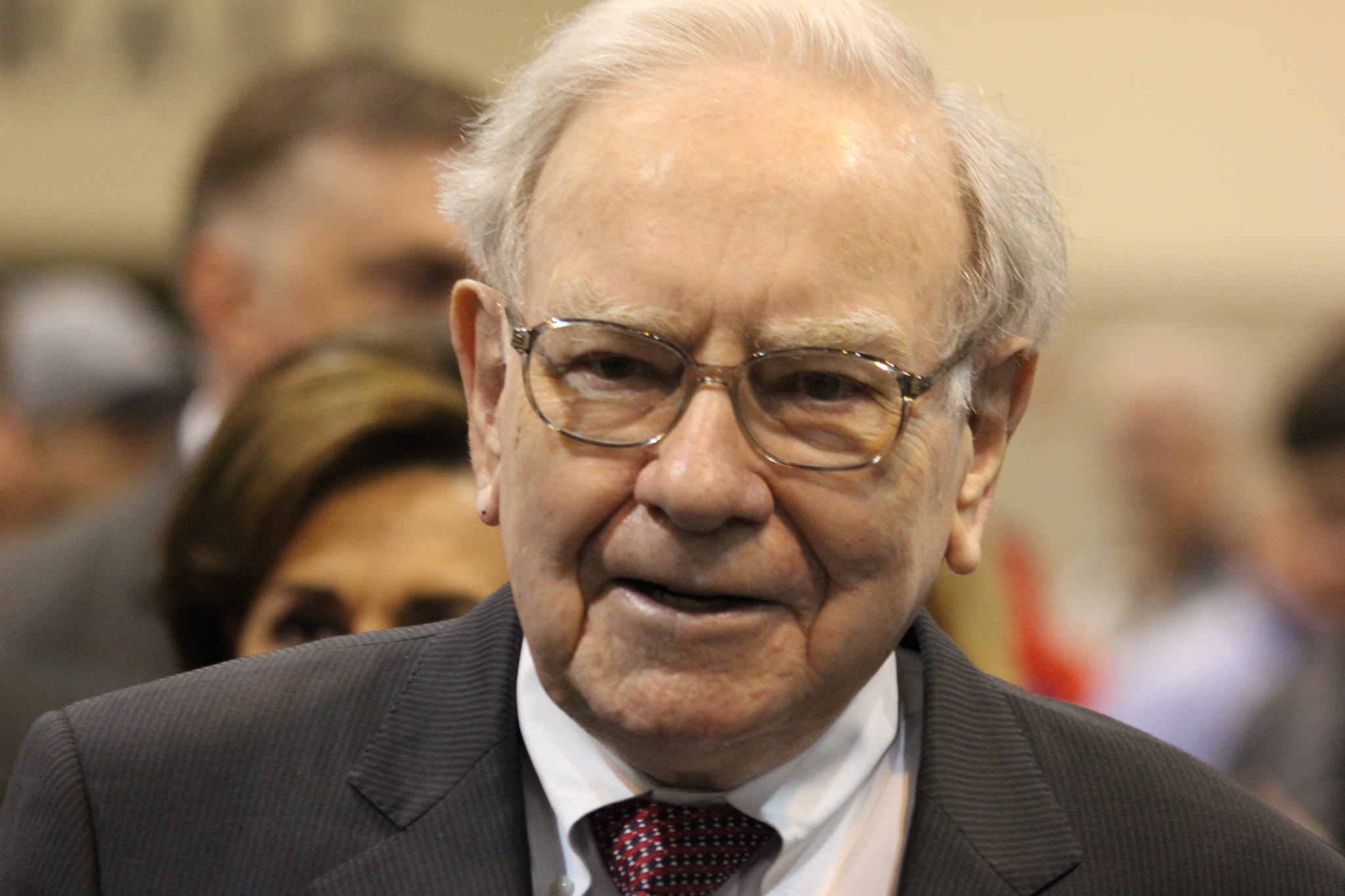
Berkshire Hathaway (BRK.A) (BRK.B) has recently disclosed its latest 13F filing, a regulatory transparency requirement, illuminating the stock maneuvers executed by Warren Buffett’s investment vehicle during the second quarter. Notably, the firm has opted to divest from a significant portion of its stake in Apple (AAPL), a turning point that warrants careful examination.
Reduction of Apple Stock Holdings
At its peak, Apple comprised over 50% of Berkshire’s public equity portfolio, with an astonishing ownership of more than 900 million shares. Current holdings now stand at 280 million shares, a drastic reduction in light of recent divestment activities that commenced in the fourth quarter of 2023. Although Apple remains the largest asset in Berkshire’s investment portfolio, accounting for approximately 21.4%, the rapid contraction in shares raises pertinent questions regarding the rationale behind this strategy.
Analyzing Underperformance
In 2025, Apple has underperformed in stark contrast to the broader technology sector-its stock plummeting around 10%, juxtaposed against an 8.4% gain for the S&P 500 and a 9.4% rise for the Nasdaq Composite. Such divergence in performance begs analysis beyond mere stock price metrics.
- Q3 fiscal results in July showcased a profit of $1.57 per share on revenues of $94.04 billion, significantly exceeding analyst expectations of $1.43 on $89.53 billion.
- iPhone revenue exhibited a year-over-year increase of 13%, bolstering total sales by 10%, marking Apple’s most robust growth since Q4 2021.
- However, Berkshire had already decided to divest its shares prior to this promising release, raising questions about investment foresight.
Stagnation in Sales Growth
Despite a commendable performance last quarter, Apple has faced sluggish growth metrics historically. A review of its trailing-twelve-month (TTM) revenue indicates merely a 4% increase over the past three years-a glaring contrast to Microsoft, which has witnessed a 39% surge in TTM sales over the same timeframe. This inconsistency in consumer demand, particularly ahead of upcoming tariffs and product launches, prompts a re-evaluation of growth strategies.
The AI Conundrum
Apple’s position in the artificial intelligence (AI) arena appears understated when contrasted with competitors. Reports elucidate delays in the launch of Apple’s Siri AI platform until 2026, revealing potential internal strife and missed opportunities. Without a strategic pivot towards AI, a domain that offers room for innovation and monetization, Apple risks further stagnation.
Geopolitical Challenges in China
The recent lackluster performance in Apple’s China operations cannot be underestimated. Although there was a 4% year-over-year sales increase for fiscal Q3, this was partially bolstered by state subsidies. Comparatively, sales demonstrated declines of 2% in Q2 and 11% in Q1. Additionally, the burgeoning preference for local brands among Chinese consumers poses a significant competitive threat.
- Emerging government tariffs and macroeconomic pressures underscore the precarious nature of Apple’s reliance on Chinese production facilities.
- The commitment to invest $600 billion in U.S. manufacturing infrastructure seeks to alleviate some risks but does not eliminate dependencies.
In summation, while the rationale behind Berkshire Hathaway’s divestiture from Apple embraces many dimensions-ranging from market performance to emerging growth threats-the full implications of this strategy will unfold over time. Investors must heed these cautionary signals, as the future landscape remains fragile and contingent upon broader economic and industry shifts. 📊
Read More
- Persona 5: The Phantom X – All Kiuchi’s Palace puzzle solutions
- How to Unlock Stellar Blade’s Secret Dev Room & Ocean String Outfit
- Leveraged ETFs: A Dance of Risk and Reward Between TQQQ and SSO
- 🚨 Pi Network ETF: Not Happening Yet, Folks! 🚨
- How to Do Sculptor Without a Future in KCD2 – Get 3 Sculptor’s Things
- Is Nebius a Buy?
- Quantum Bubble Bursts in 2026? Spoiler: Not AI – Market Skeptic’s Take
- Three Stocks for the Ordinary Dreamer: Navigating August’s Uneven Ground
- BingX: The Crypto Exchange That’s Like a Swiss Army Knife, But for Your Money 🚀💰
- XRP Breaks Chains, SHIB Dreams Big, BTC Options Explode – A Weekend to Remember!
2025-08-24 14:38